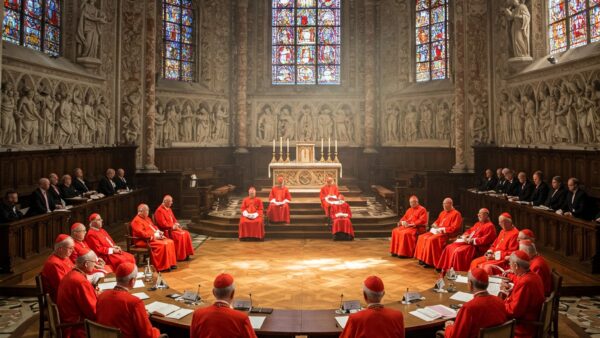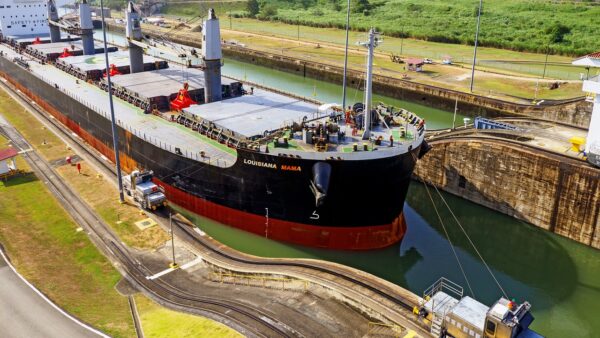Oh, the grand spectacle of colonialism! The British Empire and its insatiable thirst for control over far-flung lands. But wait, what’s this? A tiny peninsula called Malaya daring to break free from the clutches of their imperial overlords? Yes, dear reader, prepare yourself for a tale of rebellion and independence as we delve into the fascinating story of Malayan Independence. In this article, we shall explore how a nation once under Britain’s thumb managed to slip through their grasp and emerge as an independent entity, much to the chagrin of those who thought they could simply wave a Union Jack and call it home. So grab your tea (or perhaps something stronger), sit back, and let us embark on this journey together.
The Beginnings Of The Independence Movement
At the dawn of Malayan independence, a flicker of hope ignited in the hearts of its people. Like an elusive butterfly emerging from its cocoon, the beginnings of the independence movement fluttered amidst the vast British territory. The flame was fueled by a fervent desire to break free from oppressive chains and challenge long-standing Malay inequality. However, this quest for freedom would not be without obstacles and sacrifices. As we delve into the depths of history, let us explore how these early seeds of change were sown and nurtured amidst a tumultuous landscape.
The fight for Malayan independence did not arise out of thin air; it was borne out of years of struggle against colonial rule. In their pursuit for self-determination, Malayan nationalists utilized various avenues to amplify their voices and rally support across different communities. From grassroots initiatives to political organizations, they skillfully navigated through treacherous waters with unwavering determination. Their efforts paved the way for burgeoning conversations about autonomy and equal rights among Malaysians from all walks of life.
Yet, beneath this surface unity lay deep-rooted issues that perpetuated Malay inequality within society. Discrimination seeped into every aspect ? education, job opportunities, and even basic civil liberties. Such systemic injustices bred discontentment amongst those who yearned for fair treatment and an end to marginalization. It became clear that true liberation could only be achieved if these disparities were confronted head-on.
As aspirations swelled like waves crashing upon rocky shores, it became evident that lasting change required collective action on a grand scale – one that transcended geographic boundaries. Malayan independence was no longer just a local matter but had become entangled in international affairs as World War II engulfed nations far and wide. This global conflict served as both a catalyst and disruptor in the quest for liberation, forever altering the course of history.
With each passing moment during this transformative period in Malayan history, the influence of World War II grew stronger, shaping the destiny of a nation on the cusp of freedom. As we venture further into this chapter, let us explore how this cataclysmic event served as a turning point in the struggle for independence and set the stage for what was yet to come.
The Influence Of World War II
During the period of Malayan independence, the influence of World War II played a significant role in shaping the trajectory of this movement. As bombs fell and battles raged across various parts of the world, it became clear that colonial powers were not invincible. This realization sparked hope among many Malaysians who yearned for self-determination. One interesting statistic to consider is that during World War II, the Japanese occupation caused severe economic hardships for the local population, with inflation skyrocketing to an astounding 650%. These trying times only fueled the desire for independence even further.
Amidst the chaos brought about by World War II, a new sense of urgency emerged within Malaya’s nationalist leaders. The war had highlighted their vulnerability under foreign rule and underscored the need for unified resistance against colonial powers. With newfound determination, leaders began mobilizing efforts to galvanize support from different ethnic groups and communities across Malaya. It was during this time that political parties started to form, serving as platforms for individuals to voice their aspirations and push for greater autonomy. In the subsequent section, we will delve into how these nascent organizations paved the way towards achieving meaningful self-governance in Malaya.
The Formation Of Political Parties
The formation of political parties played a crucial role in the journey towards Malayan independence. Like pieces on a chessboard, these parties strategically positioned themselves to gain support and fight for their vision of an independent nation. Just as each pawn has its own unique purpose, so too did these political parties have their distinct ideologies and agendas. The United Malays National Organization (UMNO) emerged as a prominent force, advocating for Malay rights and representation. On the other hand, the Malayan Communist Party (MCP) sought to overthrow colonial rule through armed struggle. As tensions rose between these different factions, it became evident that achieving independence would not be a straightforward path.
Metaphor: Each political party was like a player maneuvering their way across the chessboard, making calculated moves to secure their desired outcome.
In this delicate game of politics, various factors influenced the formation of these parties. The aftermath of World War II brought about significant changes and exposed the flaws within colonial rule. This provided fertile ground for discontentment among the people and sparked a desire for self-governance. It was during this time that individuals with shared aspirations came together to form political movements aimed at challenging British authority and shaping the future of Malaya.
As they gained momentum, these political parties faced numerous obstacles along their journey towards independence. Conflicting ideologies often led to clashes both within and between organizations. Divisions arose based on race, religion, and socioeconomic status, further complicating matters. These tensions set the stage for conflicts that would shape the course of Malayan history.
Transition: With tensions escalating amongst competing factions vying for power, it is imperative to explore how these conflicts unfolded amidst the broader struggle for Malayan independence
Tensions And Conflicts
As tensions and conflicts continued to brew in Malaya, the path towards independence became ever more precarious. Like a tempest brewing on the horizon, political parties clashed amidst growing unrest. The once united front began to splinter as different factions vied for power and influence. This tumultuous period saw not only clashes between political parties but also deepening divisions among ethnic groups, threatening to tear apart the fragile fabric of Malayan society. Despite these challenges, the determination for self-governance remained steadfast, laying the groundwork for what would become the road to independence.
The Road To Independence
The road to Malayan independence was not a smooth one, as tensions and conflicts characterized this historical journey. However, despite the challenges faced, there were significant steps taken towards achieving self-rule. Firstly, negotiations between British officials and local leaders paved the way for political reforms that aimed at granting greater autonomy to Malaya. Additionally, key events such as the formation of political parties advocating for independence and the emergence of influential leaders further propelled the movement forward. Moreover, mounting public pressure and protests served as catalysts for change, forcing both colonial powers and local authorities to address the aspirations of the people. Ultimately, these collective efforts led to Malaya finally attaining its long-awaited independence.
In retrospect, it becomes evident that various factors played crucial roles in shaping the path towards Malayan independence. The willingness of both sides to engage in constructive dialogue created opportunities for progress amid tense circumstances. Furthermore, collaborative efforts between different factions within society demonstrated unity and resilience during challenging times. It is important to recognize that these achievements did not occur overnight but were rather hard-fought victories resulting from persistent determination.
In summary, while tensions and conflicts initially marked the journey towards Malayan independence, subsequent developments on the road to freedom showcased remarkable advancements made by individuals and communities alike. Through negotiations, political activism, popular mobilization, and unwavering perseverance, significant strides were made toward self-rule. As we reflect upon this transformative period in history, it serves as a reminder of how collective action can bring about profound societal changes without resorting to violence or division.
Conclusion
In conclusion, the journey towards Malayan independence was no walk in the park. Amidst the chaos of World War II, political parties emerged, fueling tensions and conflicts that seemed insurmountable. But alas, through grit and determination, these obstacles were overcome on the road to freedom. Irony has a funny way of reminding us that even amidst adversity, resilience prevails.
Originally posted 2023-08-31 06:30:50.




